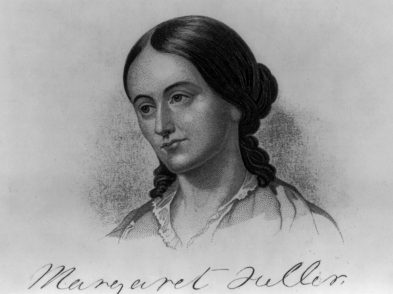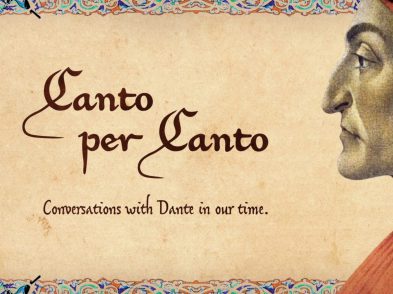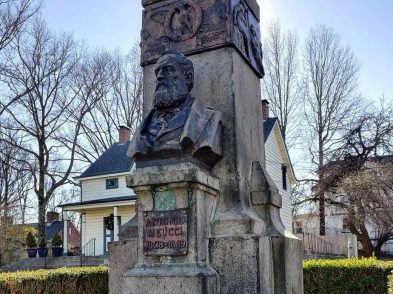When the highly anticipated television series Medici: Masters of Florence debuted in Italy, it boasted seven million viewers, shattering both RAI and social media records. As modern political discourse swirled on the eve of the referendum vote, the Medici remained a venerated Camelot. In Florence’s piazza della Signoria, the piercing blue eyes of Richard Madden as Cosimo il Vecchio on a flashy billboard promoting the series was enough to make even the most seasoned Medici scholar a bit weak in the knees. The Medici of 15th-century Florence are historical rock stars. They leave a rich, complex record. At every turn they are intoxicatingly powerful and downright sexy, but this series is more soap opera than truth.
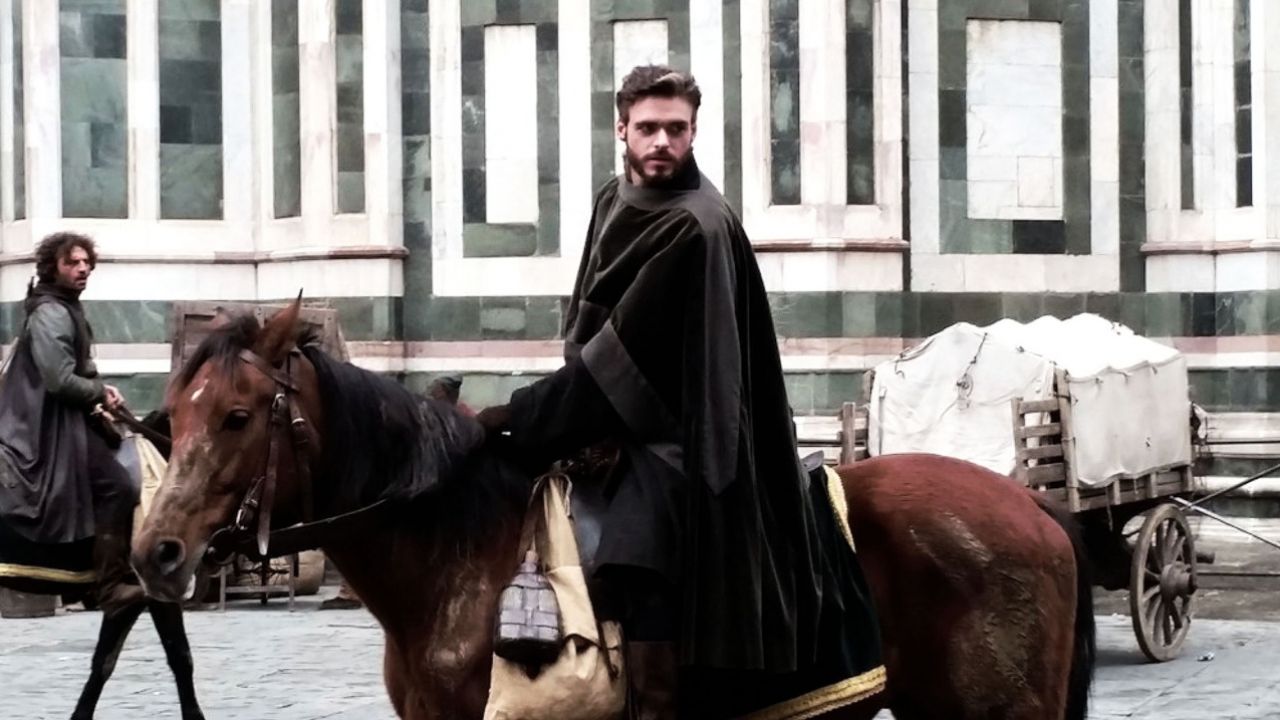
While Masters of Florence has enticed a modern audience to engage with the apex of the Italian Renaissance, it is littered with significant historical flubs. The most obvious is a graying of the art historical timeline. The Duomo’s construction began almost a decade before Giovanni di Bicci’s death. It is not an example of Cosimo de’ Medici pursuing his passion for art with his father out of the way. Donatello’s stunning nude bronze David had not yet been created during the trial that led to Cosimo’s exile. It could not have been the linchpin used by the Albizzi to prove that the banker had questionable morals. The artistic production is manipulated to serve as a more dramatic cultural backdrop.
The series opens with a death that would have had epic political repercussions. Creator Frank Spotnitz (of The X-Files fame) has framed the series around a riveting “what if” question. What if the founding Medici patriarch’s death involved foul play? Historians shun these types of questions because it is impossible to construct imaginary events with any accuracy. There is nothing to suggest that Giovanni de’ Medici did not die a natural death in February 1429 long after the grape harvest. In the series opening, Dustin Hoffman dramatically crushes a handful of grapes in his vineyard while gasping his last hemlock-poisoned breath as a hooded assassin looks on. The scene is reminiscent of Don Corleone dying amidst his tomato plants in The Godfather with an ode to the famously hemlock-painted figs of the I, Claudius series. Cosimo’s character is emotionally tortured by the death of his father to the point that he accuses his brother Lorenzo of orchestrating their father’s murder because of Giovanni’s demand for a politically advantageous, albeit loveless, marriage for his son. Lorenzo the Elder is murdered in the series before his time, so that the birth of the next Lorenzo, “il Magnifico”, could be foreshadowed in the final episode.
Untimely death is brought to the forefront on a larger scale with the Black Death. The plague swept through Florence many times, but it did not cause workers to dismantle the cathedral dome and it certainly did not kill Piccarda Bueri, Cosimo’s mother. Even the death of Cosimo’s twin brother is made more dramatic. His twin died in infancy, but in the series Cosimo’s mother blames her surviving son for not saving his brother. The details are not apparent, but it adds to the crushing guilt that this fictitious manifestation of Cosimo carries around.
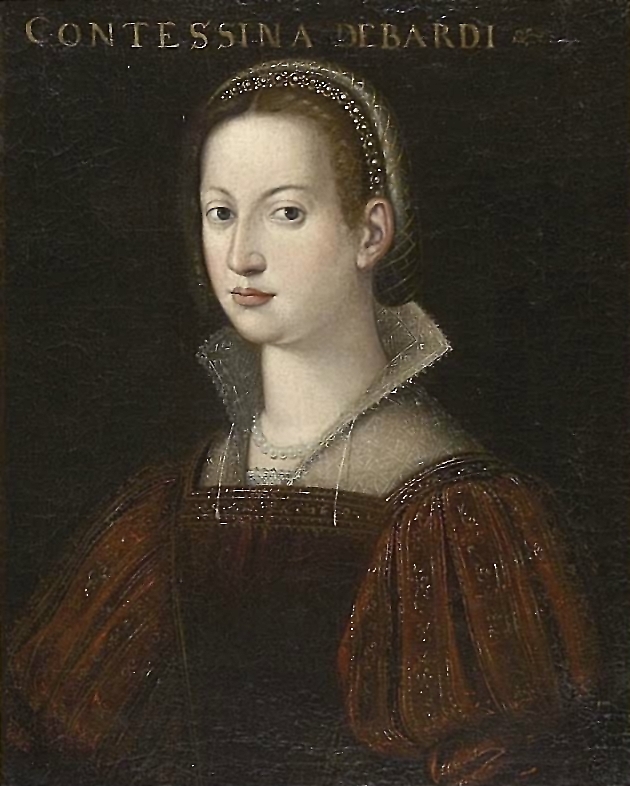
When the inopportune demise of Cosimo himself seems imminent, his wife Contessina de’ Bardi becomes the subject of modern fantasy. She did not don chain mail and ride into the Signoria on a white steed to convince the government to stay her husband’s death sentence. At best, the Medici women worked behind the scenes to exert political influence. Good luck finding a Joan of Arc or Elizabeth I among them. Contessina’s powerful proclamation that “there are more ways for a woman to be indispensable than just bearing children” smacks of the 21st century.
The myth of untimely death extends beyond the Medici. Rinaldo degli Albizzi was exiled from Florence when Cosimo returned but he was not blamed for Giovanni di Benci’s passing and assassinated by Medici mercenaries. Rinaldo’s quiet death years later does not make for good television.
Untimely death is a historical reality in the Medici family tree, but to be accurate the series will have to consider later events like the assassination of Giuliano and the murder of Duke Alessandro. Maybe in season two. The success the Medici enjoyed in the 15th century is clouded by the show’s focus on creating unfortunate events. The mire of what the family will face in later decades will likely make for an even darker spin in future episodes. The riveting historical truth is out there, but you will not find it in this series.


